... or that it helped you learn something new. Now we're wondering if you can help us.
Every year, more people are reading our articles to learn about the challenges facing the natural world. Our future depends on nature, but we are not doing enough to protect our life support system.
British wildlife is under threat. The animals and plants that make our island unique are facing a fight to survive. Hedgehog habitats are disappearing, porpoises are choking on plastic and ancient woodlands are being paved over.
But if we don't look after nature, nature can't look after us. We must act on scientific evidence, we must act together, and we must act now.
Despite the mounting pressures, hope is not lost. Museum scientists are working hard to understand and fight against the threats facing British wildlife.
For many, the Museum is a place that inspires learning, gives purpose and provides hope. People tell us they 'still get shivers walking through the front door', and thank us for inspiring the next generation of scientists.
To reverse the damage we've done and protect the future, we need the knowledge that comes from scientific discovery. Understanding and protecting life on our planet is the greatest scientific challenge of our age. And you can help.
We are a charity and we rely on your support. No matter the size, every gift to the Museum is critical to our 300 scientists' work in understanding and protecting the natural world.
From as little as £2, you can help us to find new ways to protect nature. Thank you.
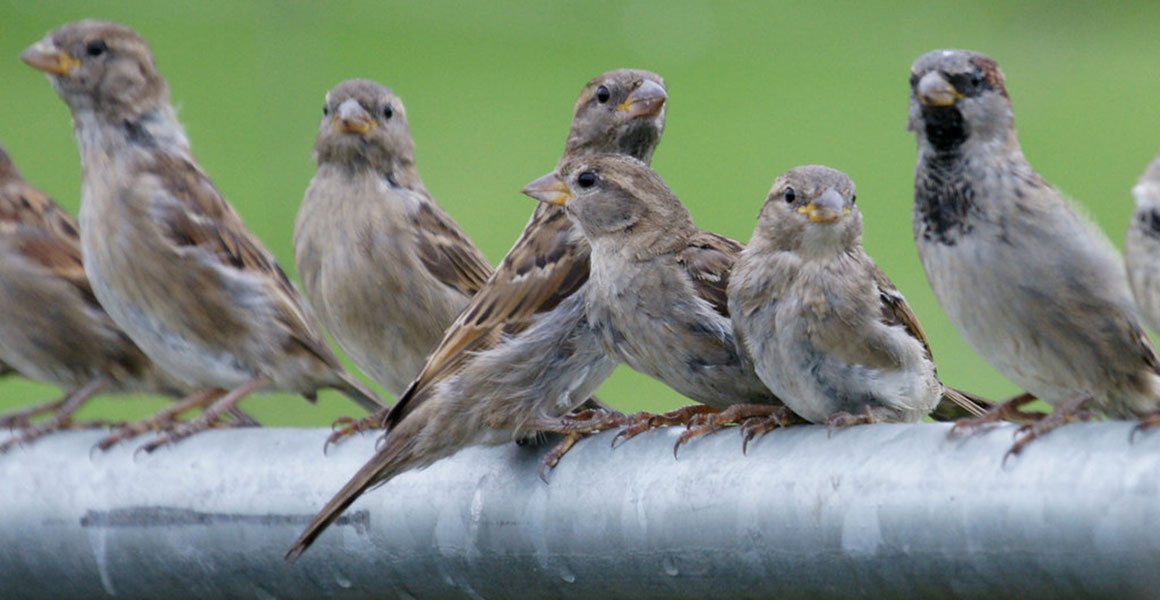
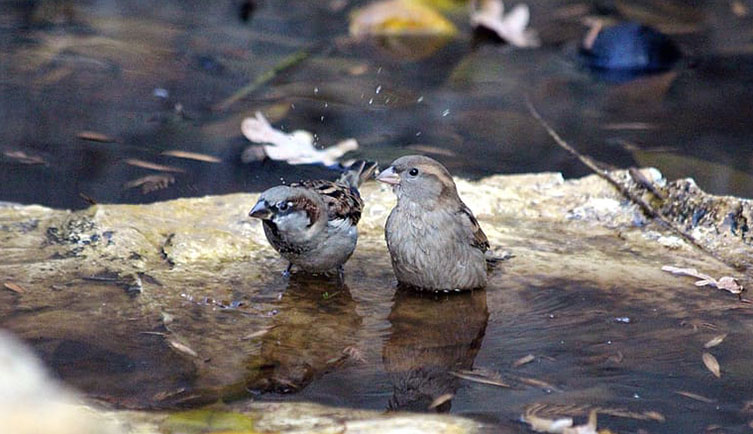
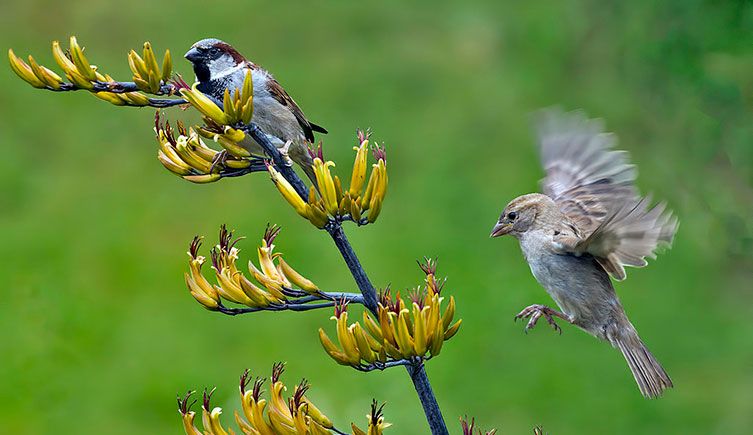
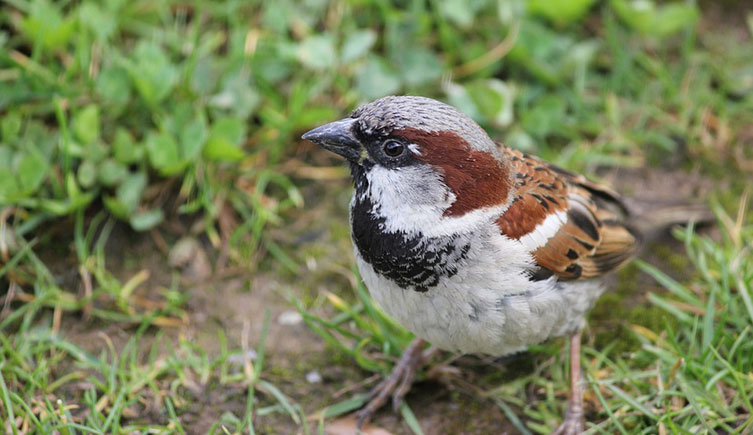

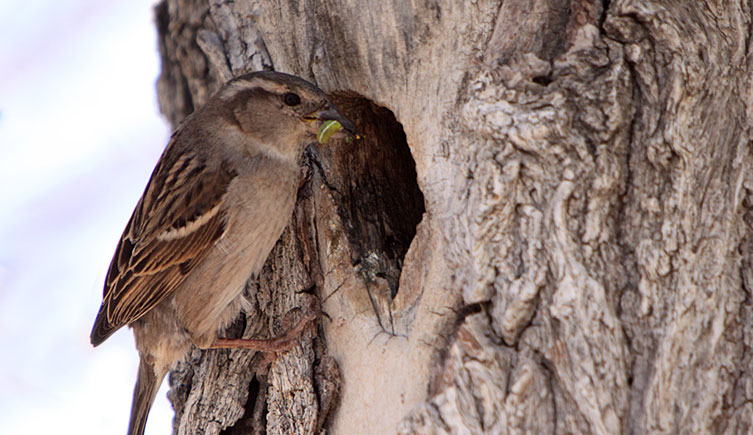
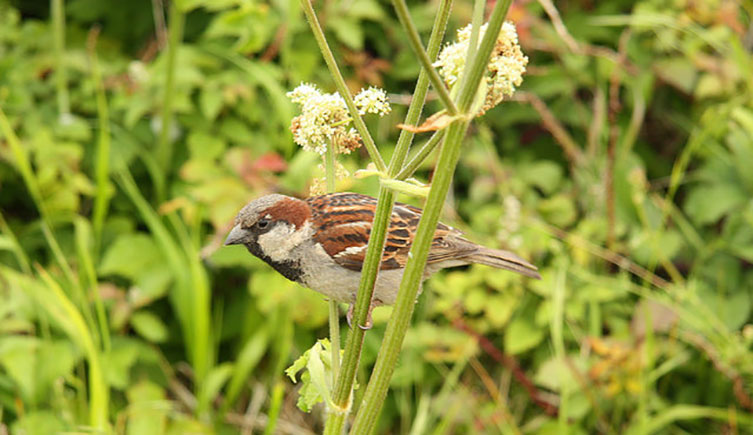
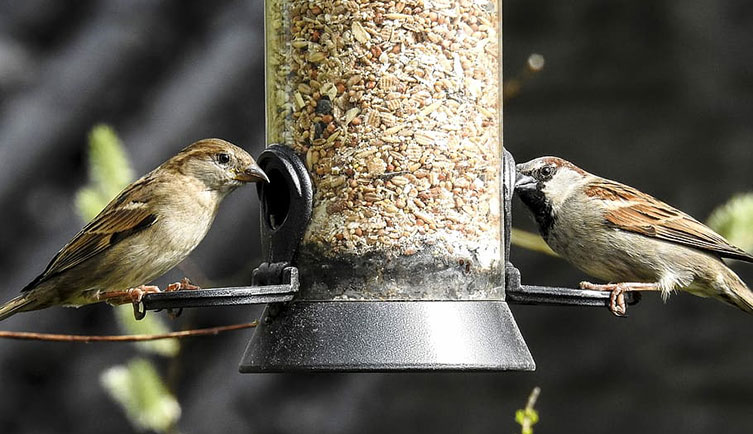

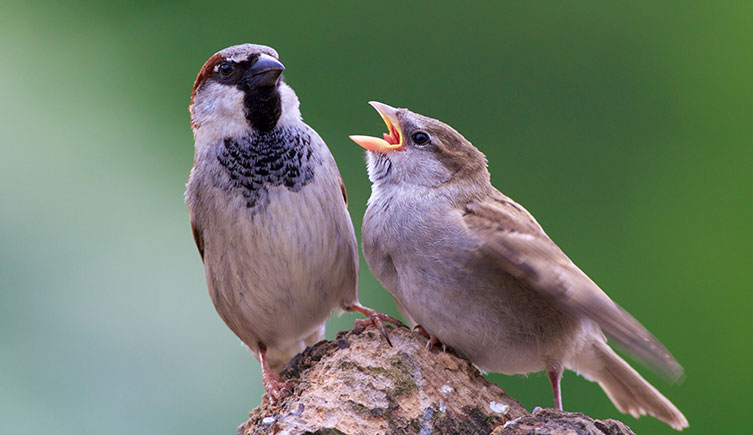


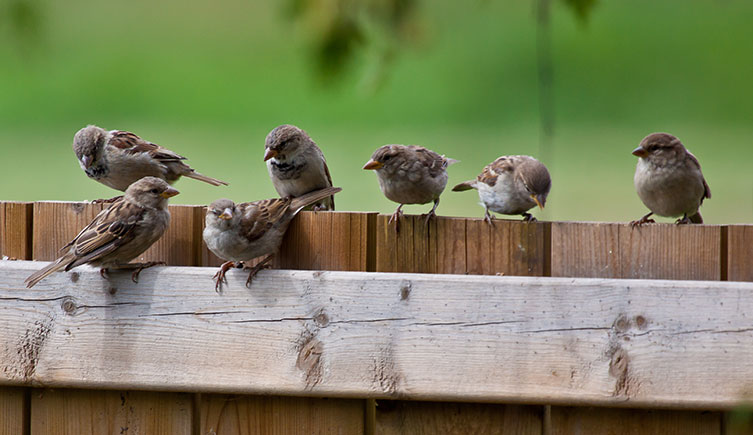

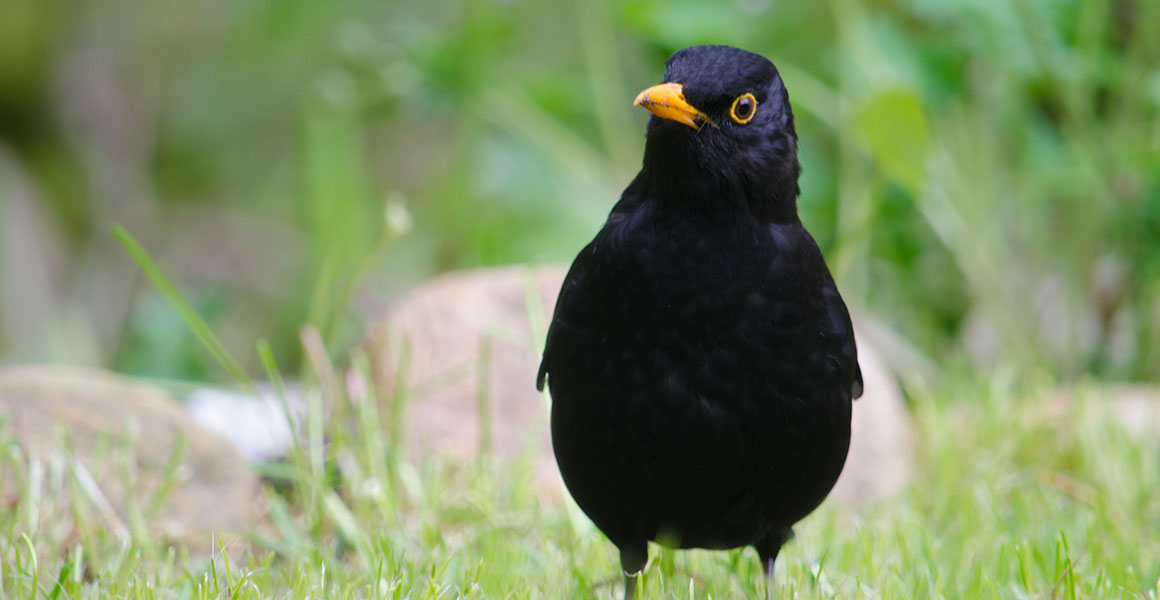


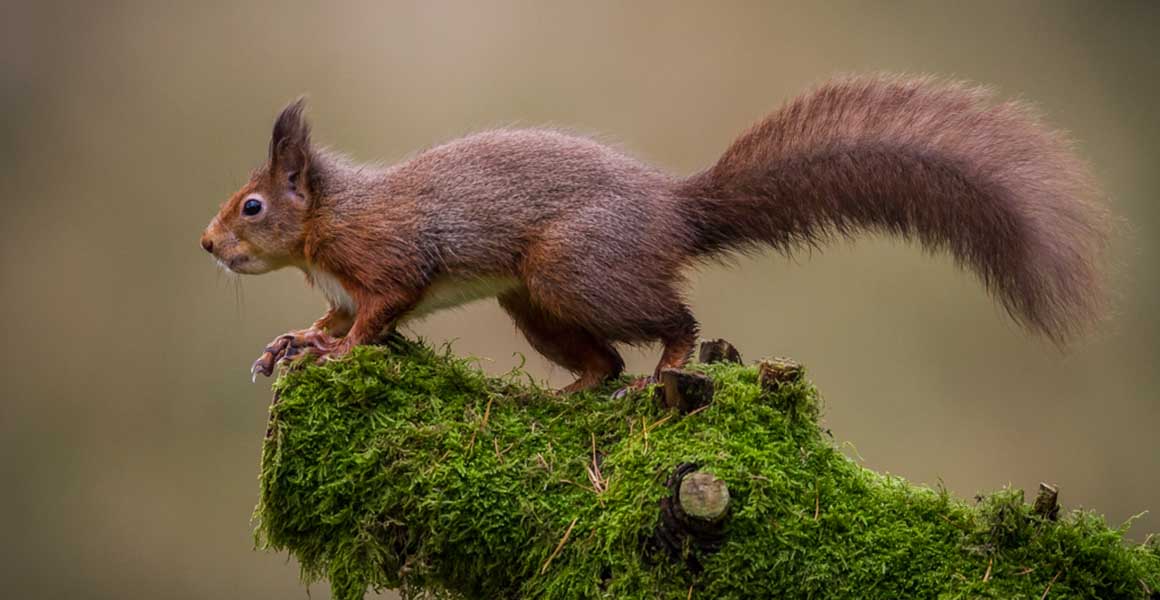
Don't miss a thing
Receive email updates about our news, science, exhibitions, events, products, services and fundraising activities. We may occasionally include third-party content from our corporate partners and other museums. We will not share your personal details with these third parties. You must be over the age of 13. Privacy notice.
Follow us on social media